
- Phobia is an irrational fear of an object, situation, or living thing that is unlikely to cause harm.
- It came from the Greek word ‘phobos’ meaning fear or horror.
- The development of specific or weird phobias are triggered by traumatic events or stressful experiences during early childhood.
- It is the most common type of anxiety disorder.
- Over 400 distinct and weird phobias are well-recognized by psychologists.
- One of the most common phobias is Social Phobia which is the fear of social situations.
- Agoraphobia is the fear of open public spaces.
- Claustrophobia is the fear of confined spaces.
- Hypochondria is the fear of illness.
- Emetophobia is the fear of vomiting.
- Zoophobia is the fear of animals.
- Aerophobia is the fear of flying.
- Arachnophobia is the fear of spiders.
- One of the distinct and weird phobias is Papaphobia which is the fear of the pope.
- Phobophobia is the fear of having a phobia.
- The part of the brain responsible for triggering weird phobias is the amygdala.
- Individuals with a parent or a close relative suffering from specific phobias are likelier to develop the same phobia.
- Nearly 15 to 20 percent of us experience specific phobias at least once in our lives.
- Only 20 percent of patients who seek treatment for phobias recover completely.
- 75 percent of people with specific phobias are able to conquer their fears with Cognitive Behavior Therapy (CBT).
Weird Phobias Facts Infographics

Somniphobia: Fear of sleep
Somniphobia often involves an irrational and excessive fear of sleep. People who have this phobia associate falling asleep with dying. They also fear losing time while sleeping. Since sleep is essential to humans and has many health benefits, a lack of adequate sleep on a long-term basis increases the risk of colds, heart disease, obesity, and diabetes.
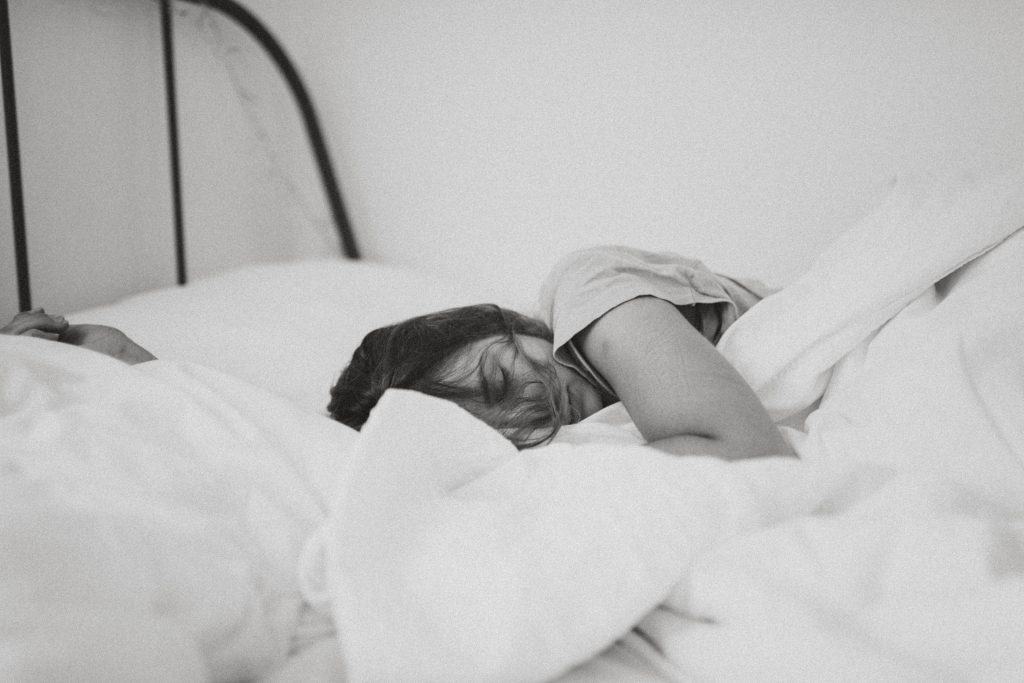
Caligynephobia: Fear of beautiful women
Caligynephobia is also known as Venustraphobia. It is one of the weird phobias that comprises an abnormal fear of beautiful women. Even though it may be common for men to get intimidated by someone pretty, those who suffer from this condition take it to the extreme. They get numbness in the extremities, feel chest pain, or faint around an attractive woman.
Kathisophobia: Fear of sitting down
Kathisophobia is a specific phobia related to the fear of sitting down. It is related to Thassophobia, which is the fear of sitting or idleness. People who have this phobia typically experience dread, extreme anxiety, and anything associated with panic such as excessive sweating, rapid breathing, nausea, irregular heartbeat, dry mouth, shaking, and inability to articulate words and sentences.

Chaetophobia: Fear of hair
Chaetophobia is one of the weird phobias involving a part of the human body. This phobia includes a person’s fear of hair – whether it is their own, other people’s, or even animal hair. People who suffer from Chaetophobia often avoid touching their hair or other people doing so. They may also be immobilized by seeing a clump of hair on the floor, thus finding it extremely difficult to get a haircut. This condition may arise from a traumatic experience like a bad haircut, losing large amounts of hair or going bald.
Omphalophobia: Fear of belly buttons
Omphalophobia is the fear of belly buttons or navel. This phobia is linked with the association of the belly button to the umbilical cord and a mother’s womb. People who suffer from Omphalophobia avoid seeing or afraid of touching belly buttons, even their own. They might cover their navels by putting a bandage over it and avoiding places full of exposed belly buttons such as the beach.
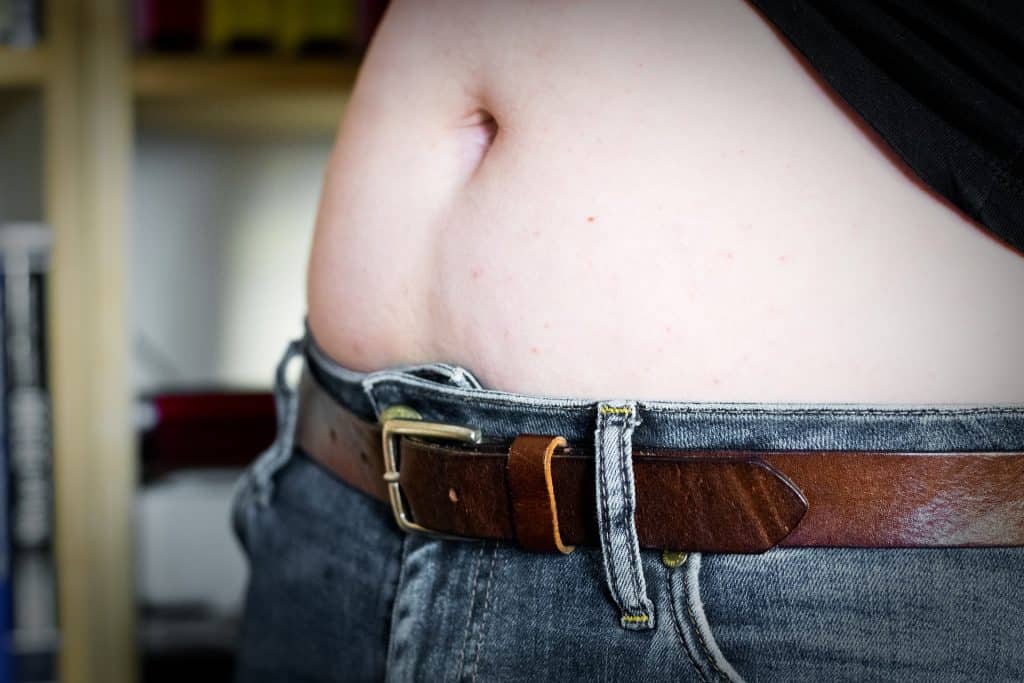
Geliophobia: Fear of laughter
People with Geliophobia have the fear of laughter. They also hate the sound of other people chuckling or giggling if they have one of these weird phobias. Some people just feel slightly uncomfortable, while others could also start hyperventilating. It may be caused by laughing at an inappropriate time and experiencing embarrassment and humiliation as a result. A Geliophobic person may also be laughed at for different reasons beyond their control.
Plutophobia: Fear of money
Plutophobia involves the fear of money or wealth. This is one of those weird phobias that can manifest as dread on money itself, getting wealthy, or rich people. People suffering from Plutophobia often have a fear of making more money, becoming rich or afraid of wealthy people. They dread money itself and having to deal with it. This phobia may stem from being afraid of pressures and responsibilities that come with wealth or the fear of getting robbed.

Dextrophobia: Fear of having objects to your right
Dextrophobia is a specific or isolated fear of having objects to your right. It is a form of obsessive-compulsive disorder (OCD) that is centered on non-social key factors. This phobia often tends to spring from previous trauma (usually physically injurious) experienced in childhood. People with Dextrophobia cannot stand to have objects on the right side of their bodies. In extreme cases, they will rearrange their surroundings to reflect this compulsive need.
Siderophobia: Fear of stars
People with Siderophobia do not enjoy stargazing at night like most of us do. They have a fear of stars, which is a very rare and weird phobia. Siderophobics often avoid staying outside at night and keep their curtains shut to avoid getting overwhelmed by the vastness of the universe. If they see stars, people who suffer from Siderophobia may faint, feel nauseous, lose control of their mind, have an increased heart rate, and suffer panic attacks.
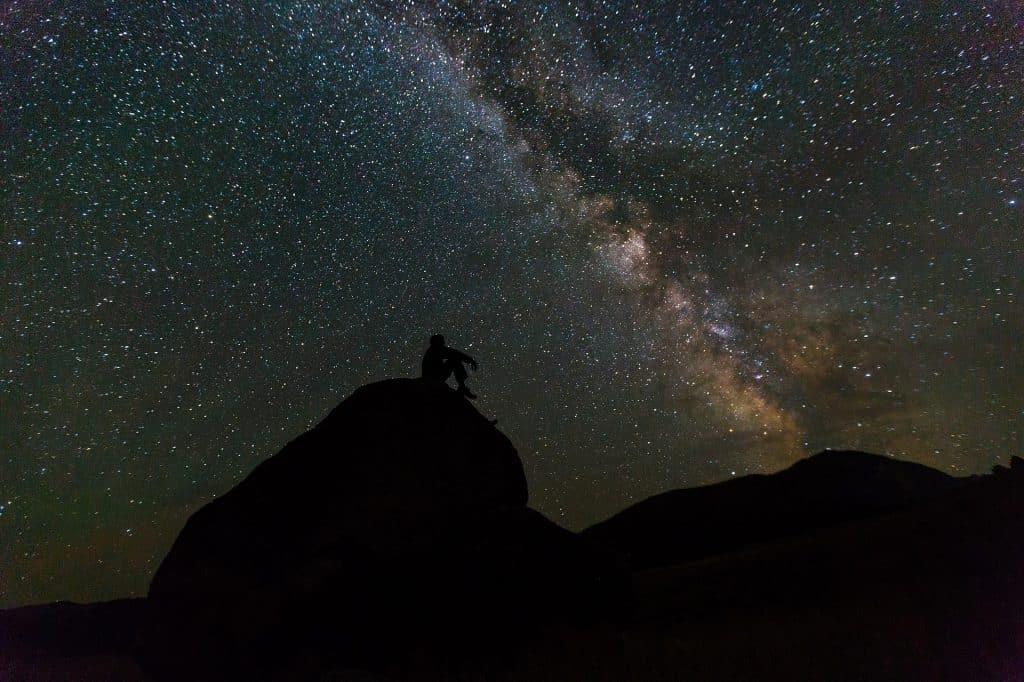
Ablutophobia: Fear of bathing and cleaning
Ablutophobia is the fear of bathing and cleaning oneself. It is one of the weird phobias that occurs more in children, but still can be present in adults. People with Ablutophobia avoid taking a bath or showering which leads to unpleasant body odor and sometimes social isolation. It stems from a traumatic past event that involves water or being afraid of getting wet.
Arachibutyrophobia: Fear of peanut butter sticking to the roof of your mouth
Arachibutyrophobia is the fear of peanut butter sticking to the roof of your mouth. Even though it is an uncomfortable feeling for most of us, people with this phobia are anxious and afraid of it. They may avoid peanut-based products like peanut butter spread and ice cream. It can be rooted in a broader phobia such as the fear of sticky textures or choking.

Hylophobia: Fear of trees
Hylophobia is the irrational fear of trees, wood, or forest. This fear is often linked to exposure to childhood films and fairy tales involving the scary woods. People with Hylophobia do not grow out of this phobia. Their extreme anxiety can be triggered by walking in a wooded area or forest.
Optophobia: Fear of opening one’s eyes
Optophobia is the abnormal and persistent fear of opening one’s eyes. This unusual phobia can be extremely debilitating for people who suffer from it because they prefer to stay indoors or in dimly lit rooms. It is hard for them to carry out daily activities without seeing and opening their eyes. Optophobia is associated with generalized anxiety disorder and resulted from seeing or witnessing a traumatic incident.
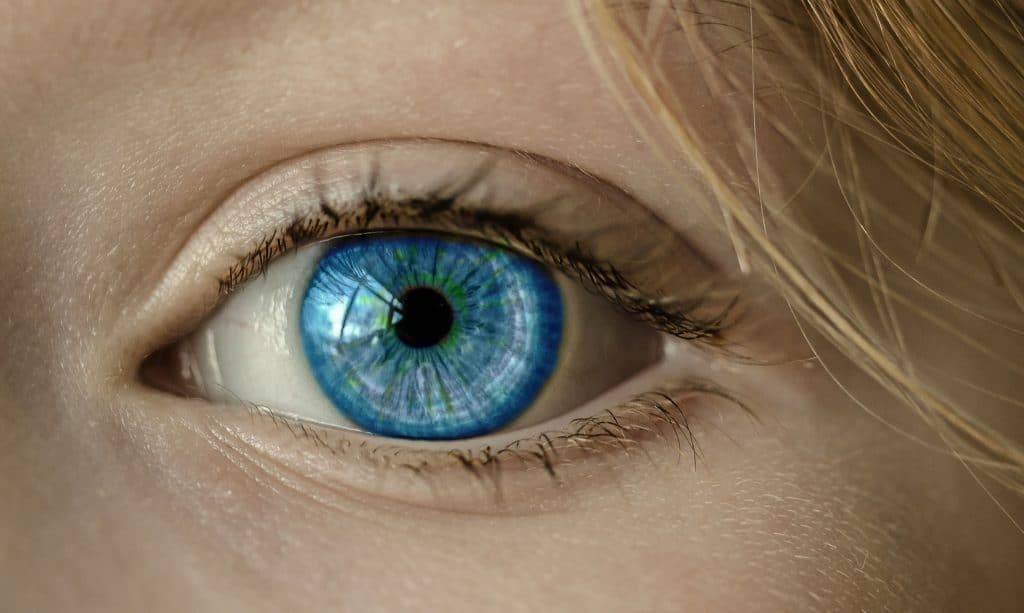
Phagophobia: Fear of swallowing
Phagophobia is a rare and specific phobia that involves the fear of swallowing. It is sometimes confused with Pseudodysphagia or the fear of choking. Phagophobia is usually triggered by a negative experience while eating. People who suffer from this feel anxiety and tension causing their throat muscles to constrict. They may find themselves physically unable to swallow because they have become too anxious, in turn worsening their fear.
Nomophobia: Fear of not having access to one’s cellphone
Nomophobia is brought by the fear of not having access to one’s cellphone, losing signal, running out of battery, or even losing sight of one’s phone. People who have one of these weird phobias check their phones obsessively and suffer extreme anxiety if they are unable to use their mobile phones. This fear often stems from cellphone addiction.
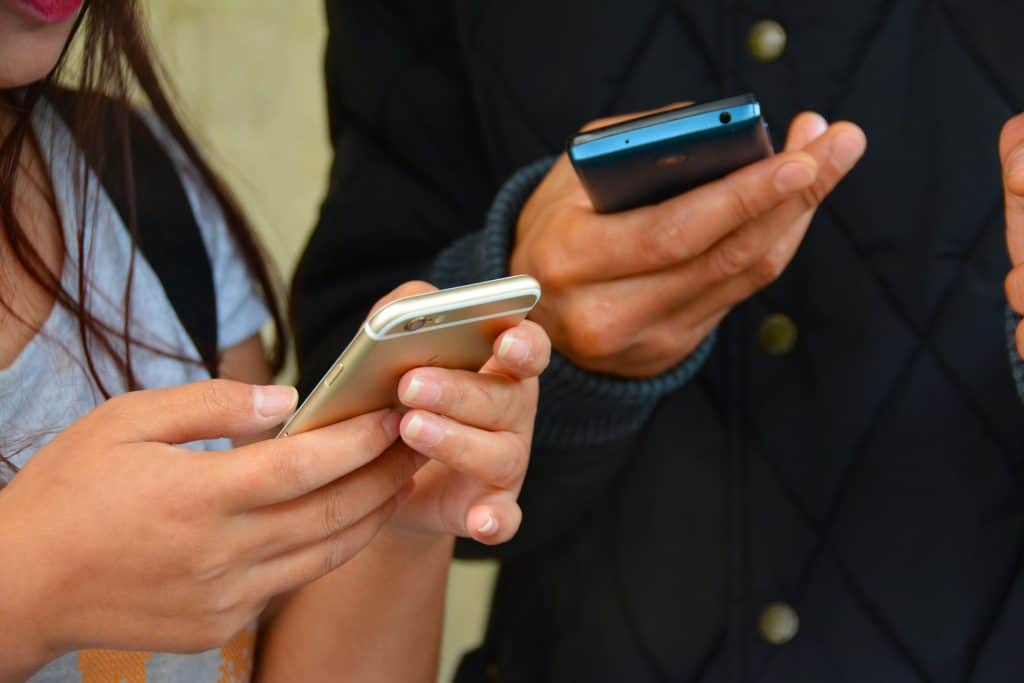
From the most common to the most unusual, there are a lot of existing fears and phobias we are unaware of. It is more than just being afraid of something for most people suffering from this. If you know someone with any of the distinct or weird phobias listed above, encourage them to seek professional help.
Was this page helpful?
Our commitment to delivering trustworthy and engaging content is at the heart of what we do. Each fact on our site is contributed by real users like you, bringing a wealth of diverse insights and information. To ensure the highest standards of accuracy and reliability, our dedicated editors meticulously review each submission. This process guarantees that the facts we share are not only fascinating but also credible. Trust in our commitment to quality and authenticity as you explore and learn with us.
